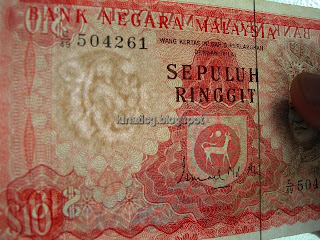Today Kids Project will be Queen Elizebeth II coins. One of the longest reigning monarchs of the British. You can easily find a coins with Queen Elizebeth II faces since she is the queen regnant of sixteen independent states known informally as the Commonwealth realms: the United Kingdom, Canada, Australia, New Zealand, Jamaica, Barbados, the Bahamas, Grenada, Papua New Guinea, the Solomon Islands, Tuvalu, Saint Lucia, Saint Vincent and the Grenadines, Belize, Antigua and Barbuda, and Saint Kitts and Nevis. She are also acting as Head of the Commonwealth, Supreme Governor of the Church of England, Duke of Normandy, Lord of Mann, and Paramount Chief of Fiji.
To anyone who is new to my blog, Kids Project is a suggestion from me, the best and cheap way to start collecting coin for your kids. This coin hunting project will only cost around 50 to 100 ringgit and you don't need to start with a big budget. You can give them a small budget every month and go out together for their coin hunting trip. You do not have to start with any budget at all with some of my Kids project. Most of them is a circulation coin that you can find in your pocket.
Here are some of the Queen Elizebeth II coins that you can collect:
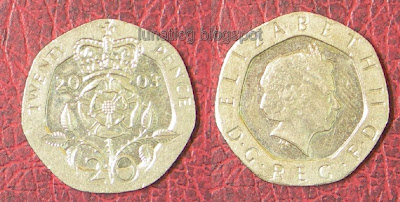
United Kingdom 2003 20 pence
weight: 5.0000 g., Copper-Nickel, Diameter: 21.4 mm.
Obv:Head with tiara right
Rev: Crowned rose
weight: 5.0000 g., Copper-Nickel, Diameter: 21.4 mm.
Obv:Head with tiara right
Rev: Crowned rose
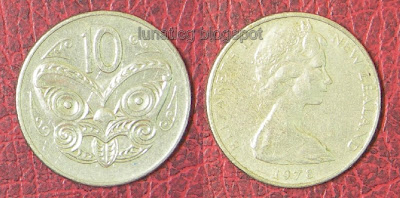 New Zealand 1971 10 cents
New Zealand 1971 10 centsweight: 5.6500 g., Copper-Nickel, Diameter: 23.62 mm.
Obv:Young bust right
Rev: Value above Maori mask, koruru
Note: Rounded, high relief portrait. Many recalled and melted in 2006.
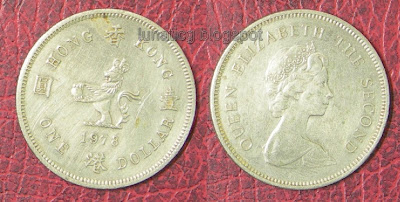 HongKong 1978 one dollar
HongKong 1978 one dollarWeight: 7.1000 g., Copper-Nickel, Diameter: 25.5 mm.
Obv:Young bust right
Rev: Upright crowned 3/4 lion with orb left
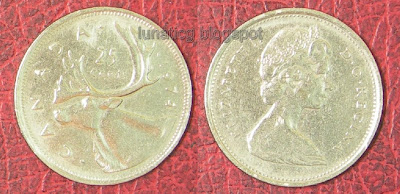 Canada 1974 25 cents
Canada 1974 25 centsWeight: 5.0600 g., Nickel Ruler, Diameter: 23.8 mm.
Obv.: Young bust right
Rev.: Caribou left, denomination above, date at right
Do you know that Queen Elizabeth II coin portraits have many different designs. You can read about it here;Queen Elizabeth II coin portraits.
Have you start any kids project lately? Is that kids project involve any coin or banknote collecting? Feel free to share them with everyone in here.
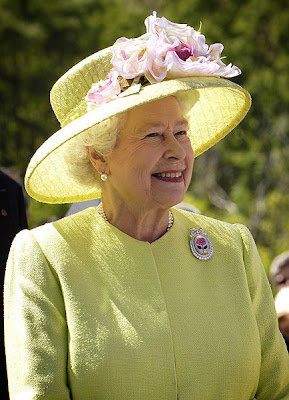
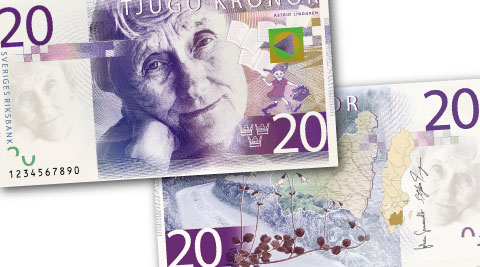








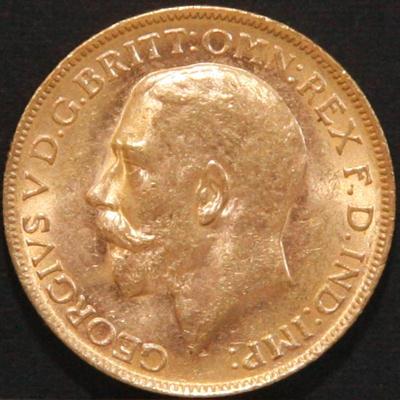







+in+Qing+Dynasty.jpg)






















,+blue+and+white.jpg)


,+serial+number+A1+000000.jpg)



